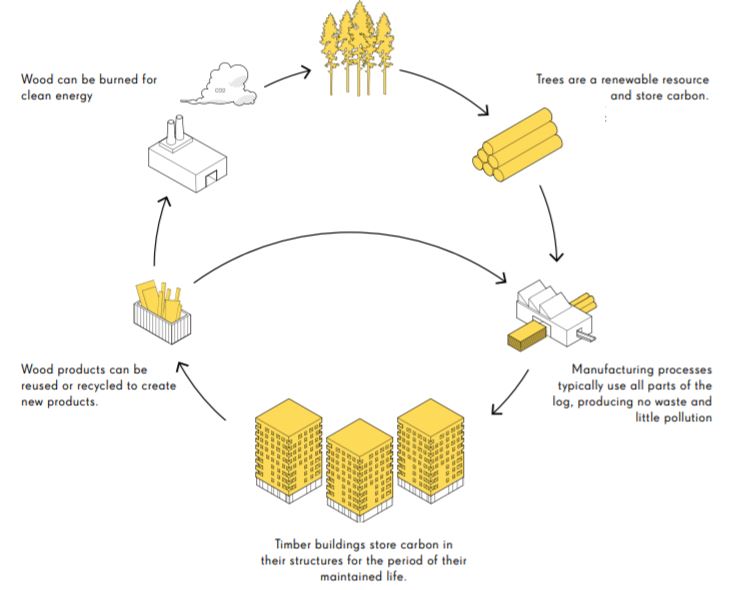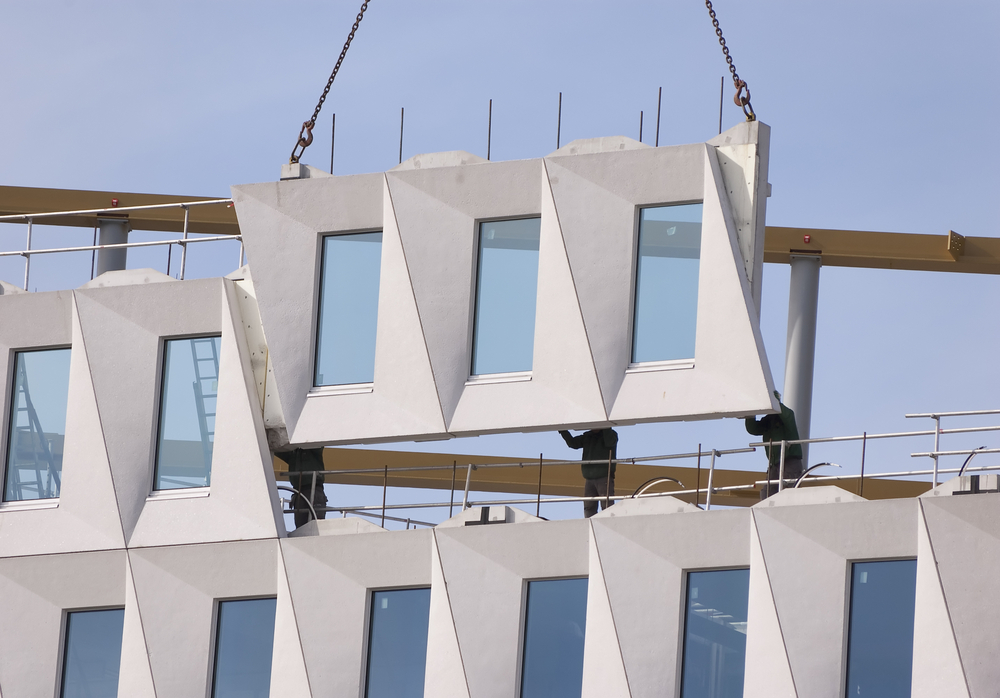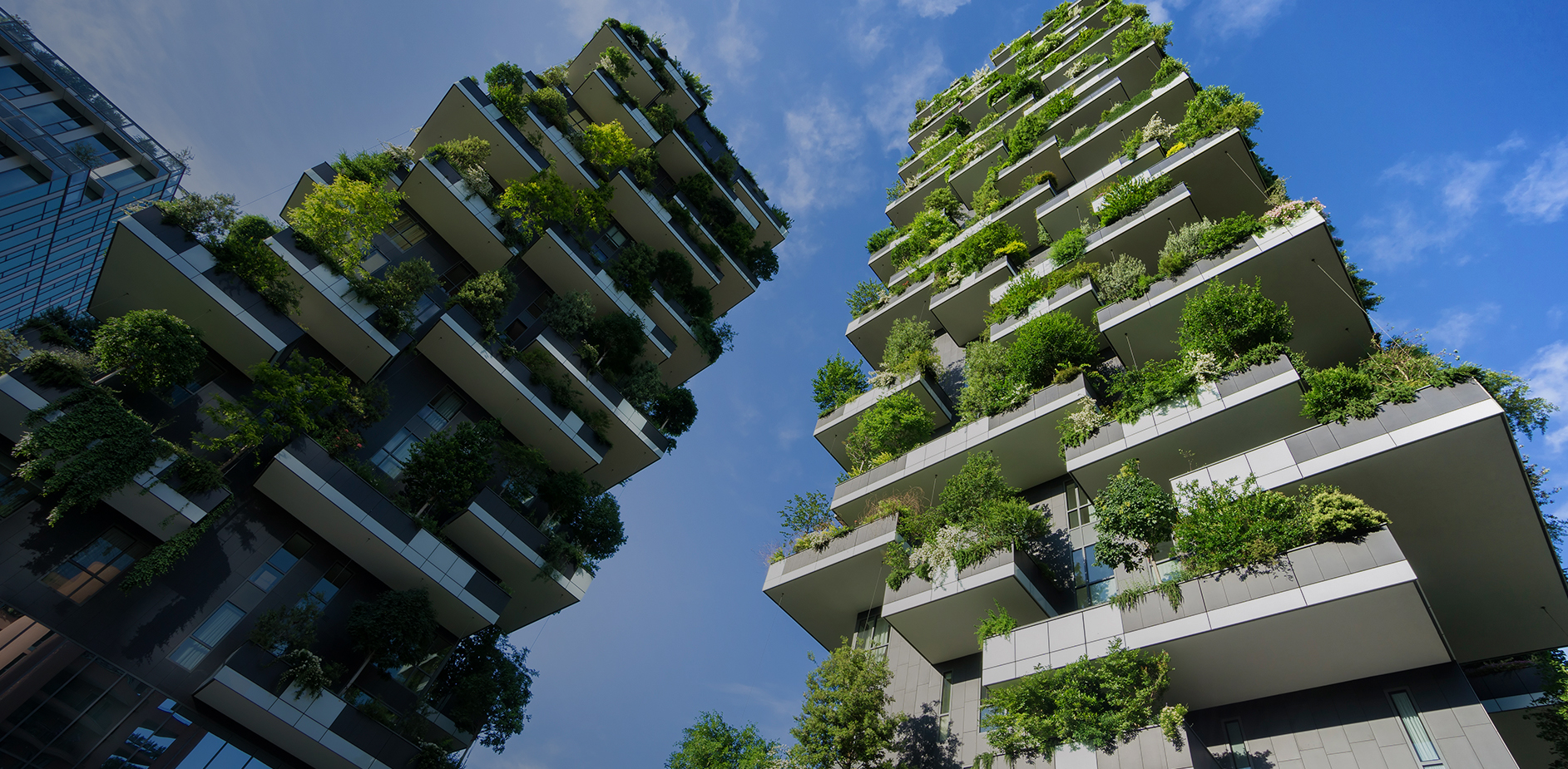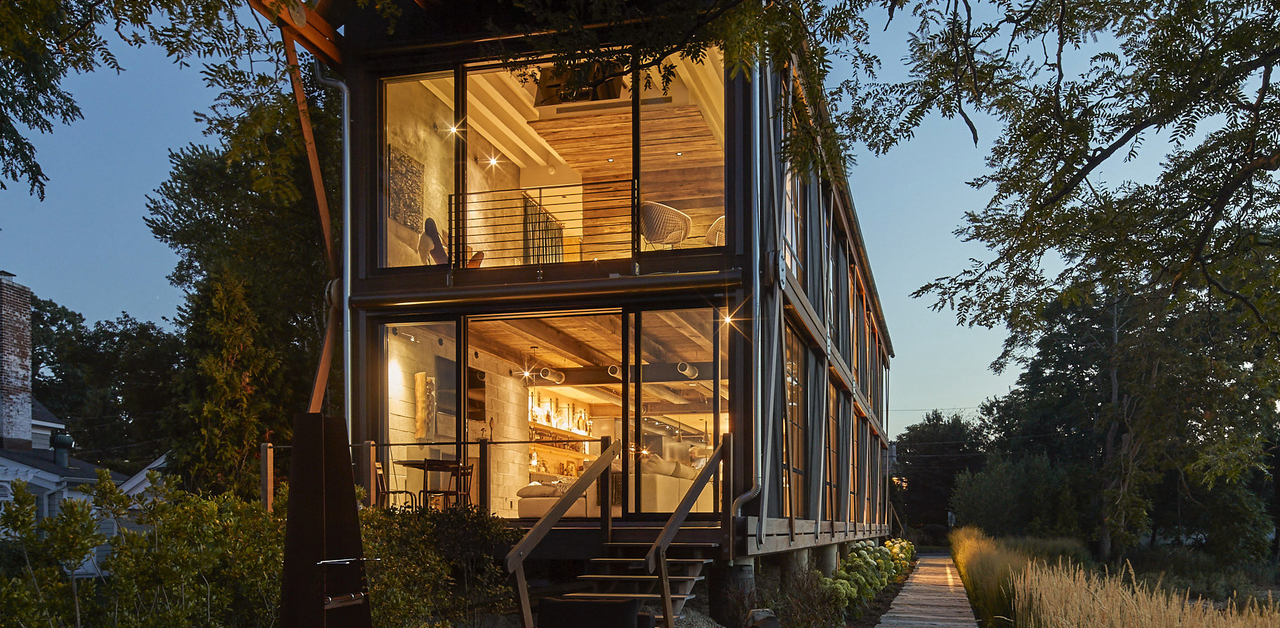VIATechnik specializes in technology for the architecture, engineering and construction industries and works with clients in the realm of virtual reality, BIM services and artificial intelligence. Architizer is glad to present a selection of the firm’s blog posts on all things AEC. check out their website for more.
According to a study published by Global Construction Perspectives and Oxford Economics, worldwide construction output will grow by 85% by 2030, when the construction industry will produce an astonishing $15.5 trillion in total revenue. The industry’s forecasted 3.9% per annum growth rate is set to outpace global GDP growth by more than a percentage point, providing AEC firms with an incredible opportunity to drive development worldwide over the coming decade.
While a broad-based expansion of the construction industry is much needed — experts estimate that 36 million new housing units will need to be built in the world’s 20 largest cities alone by 2025 — such an expansion could have devastating environmental consequences. Indeed, research indicates that the construction industry is already responsible for 23% of the United States’ air pollution, 40% of its water pollution, and 50% of its landfill waste. In addition, the U.S. Green Building Council reports that buildings and construction projects are responsible for nearly 40% of global energy consumption every year.
With the industry’s environmental impact in mind, AEC professionals must work to develop and implement more sustainable practices as the construction industry expands to prevent further damage to our already fragile environment. While AEC firms will need to strike a delicate balance between sustainability and economical design, many of these nascent practices actually improve construction productivity on the whole.

4D BIM software; image via lodplanner
Using BIM to Achieve Next-Level Efficiency
A key component in the sustainable construction revolution will be building information modeling (BIM). Though not explicitly marketed as a sustainability technology, BIM delivers such a wealth of boosts to efficiency that it ends up reducing almost every construction project’s environmental footprint.
For example, 4D BIM entails the integration of precise scheduling data into three-dimensional BIM design files, enabling contractors to craft step-by-step project development plans as soon as they’re hired. Any given design element can be enriched with details regarding its lead-time, construction and installation period, curing and drying allowances, sequencing, or interdependencies with other areas.
This unprecedented sophistication in scheduling helps contractors eliminate last-minute on-site design coordination and rework, simultaneously reducing waste and compressing project timelines. Simply put, the less time a construction crew spends on a worksite, the less time high-emissions heavy machinery and power-hungry tools are in use, resulting in far lower project energy consumption.

Building lifecycle diagram; image via CleanTech
Extending the Lifespans of Durable Building Materials
In a similar vein, some contractors are turning to BIM to facilitate “circular construction.” Every year, the construction industry sends over 160 million tons of non-industrial waste to American landfills, much of which actually comes from demolition undertaken before beginning new construction projects. Salvaging as much of this raw material as possible not only cuts down on costs — recycled materials are often less expensive than virgin materials — but reduces the greenhouse gas emissions created when manufacturing materials like construction-grade steel.
Especially in Europe, contractors and owners have started approaching buildings as “material banks,” temporary storehouses for materials that will later be used in numerous projects down the line. With BIM, a building’s design can function not only as a blueprint for construction — its traditional use — but as a highly-accurate “bill of materials” and blueprint for deconstruction, as well. Demolition contractors can use BIM designs to gain insight into both which parts of a structure can be salvaged and how — and to what extent — a structure was designed to be dismantled.

Modular façade construction; image via eSub
Moving Construction Off-site
Finally, environmentally-minded contractors are pioneering a variety of approaches for prefabricated — or, alternatively, “off-site” or “modular” — construction. In addition to keeping tolerances tight, assembling building sections in a factory or a similarly controlled environment all but eliminates overage and scrap. Just as importantly, when a contractor’s entire worksite agenda is comprised only of assembling — as opposed to crafting — building sections, the time it takes to complete a project is greatly reduced.
As of August 2016, only 13% of GCs were investing in off-site prefabrication, but as sustainability becomes an increasingly attractive component of project bids, its prevalence — as well as the prevalence of the other trends outlined above — is all but guaranteed to skyrocket.
Architects: Want to have your project featured? Showcase your work through Architizer and sign up for our inspirational newsletter.
Top image: Bosco Verticale by Boeri Studio; image courtesy the architects









